International
A year on from Argentine abortion law, change is slow
AFP
A year ago Argentina joined the limited ranks of Latin American countries to have legalized abortion, but while that gave hope to millions of women, changing mentalities, practices and infrastructure has proved more difficult.
“In small villages, you go for an ultrasound in the morning and in the afternoon the baker congratulates you on your pregnancy,” Monik Rodriguez, 33, told AFP.
Rodriguez, who has three children, runs a service accompanying women who want to have an abortion in Salta, a conservative Catholic province in the South American country.
Away from the big city of Buenos Aires, where women erupted in celebration when the law was approved, many in more remote and conservative areas of Argentina face the same stigma as before.
“There are still things that need to come out of hiding,” said Rodriguez, who can take up to 125 telephone calls a month as part of the project launched by the Women’s Strength civil association.
“The most important thing is to listen. It’s about trying to overcome the hurdles, accompanying them through the health system so they don’t get lost in the bureaucratic labyrinth.”
Rodriguez takes calls from all sorts: teenagers and first-time mothers to women with large families and even those that are pre-menopausal.
“On this line, abortion is not recommended but neither is motherhood romanticized,” said Rodriguez, who underwent a secret abortion a decade ago when already mother to one child.
“I was late and had an abortion. It went badly and I had to go to hospital. The tests showed I hadn’t been pregnant.
“It was the secrecy that created worry. Along with misinformation, that is what puts us at risk.”
The government estimates that 3,000 women died between 1983 and 2020 in clandestine abortions, of which there were up to 500,000 a year.
– Anti-abortion pressure –
For a century, abortion was only legal in cases of rape or if the mother’s life was at risk.
Legalization has not led to a sudden spate of abortions, particularly in places like Salta.
Miranda Ruiz, 33, is the only doctor in Tartagal — a small town of 75,000 people in Salta — not to exercise her legal right to be a conscientious objector to carrying out abortions.
Anti-abortion groups in the town are influential.
In September, Ruiz was briefly detained following an accusation by the aunt of a 21-year-old patient that she had performed an abortion beyond the authorized limit of 14 weeks.
Feminist groups are demanding that her case be dismissed.
“It is a way of bringing the other doctors to heel,” said Sofia Fernandez, a member of the National Campaign for the Right to Abortion — a collective of 300 feminist organizations that have been fighting for 15 years for change.
They say there are still 1,500 people facing criminal cases over abortions.
The complaint against Ruiz was the only one made in 2021, although there have been 36 court filings against the law, mostly claiming it is unconstitutional.
“Of those, 24 have already been dismissed,” said Valeria Isla, the director of sexual and reproductive health at the health ministry.
– ‘Huge inequality’ –
“There is a huge inequality in access to the practice depending on location,” said Isla.
During the course of 2021, the number of specialist medical teams carrying out abortions rose from 943 to 1,243 despite the pandemic complicating matters.
Distribution of the drug misoprostol, which chemically provokes abortions, rose from 9,000 in 2019 to more than 43,000 in 2021.
“But there is a lot of demand and we’re not able to increase (the number of) these (teams) at the necessary rate. It’s a structural stumbling block,” added Isla.
There were more than 32,000 abortions conducted in public hospitals and clinics in 2021, said Isla, whose big goal for 2022 is to train medical teams specialized in abortions, to make their services more widely available and to inform women of their rights and the tools at their disposal.
That would help Rodriguez avoid taking calls from desperate young teenagers like one “locked in a bathroom crying … she had just dropped a home pregnancy test down the toilet and couldn’t afford to buy another one.”
International
Chile enters runoff campaign with Kast leading and Jara seeking a last-minute comeback
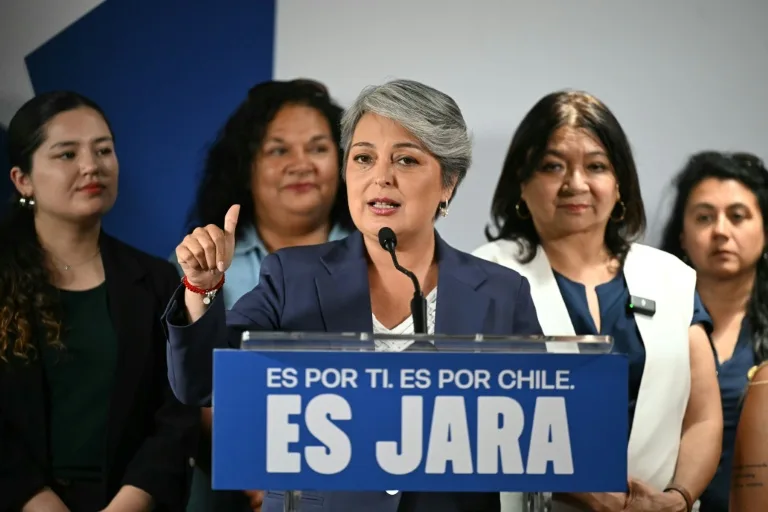
Chile’s presidential runoff campaign for the December 14 election kicked off this Sunday, with far-right candidate José Antonio Kast entering the race as the clear favorite in the polls, while left-wing contender Jeannette Jara faces an uphill scenario, hoping for a comeback that some experts describe as “a miracle.”
The final polls released in Chile—published before the mandatory blackout on survey dissemination—give Kast, an ultraconservative former lawmaker running for president for the third time, a lead of between 12 and 16 points. His opponent, the communist former minister in Gabriel Boric’s current administration, is weighed down not only by the government’s low approval ratings but also by a fragmented electorate.
Although Jeannette Jara received the most votes in the first round with 26.9%, her lack of alliances beyond the left makes it difficult for her to expand her support. Kast, who secured 23.9%, has already brought key figures on board: ultralibertarian Johannes Kaiser (13.9%) and traditional right-wing leader Evelyn Matthei (12.4%), both now backing his candidacy.
Analysts note that although Kast’s support base consolidates more than 50% of the electorate, it does not guarantee an automatic transfer of votes. Populist economist Franco Parisi, who placed third with 19.7%, emerges as the major wildcard. His party, the People’s Party (PDG), is set to decide this Sunday through an internal consultation whether to endorse one of the two finalists.
International
Trump says asylum decision freeze will remain in place “for a long time”

U.S. President Donald Trump warned on Sunday that the suspension of decisions on asylum applications—implemented as part of his order to “halt” immigration from third-world countries following Wednesday’s shooting in Washington—will remain in effect “for a long time.”
The president declined to specify how long the freeze, imposed last Friday by the U.S. Citizenship and Immigration Services (USCIS), would last. The suspension affects individuals waiting for an asylum ruling from that agency, though it does not apply to cases handled by U.S. immigration courts.
The delay is part of a series of measures enacted by the Trump Administration after a shooting on Wednesday in which an Afghan national allegedly opened fire on the National Guard in Washington, D.C., killing one officer and leaving another in critical condition.
Trump has ordered a permanent halt to immigration from 19 countries classified as “third-world.” He also indicated on Sunday that “possibly” more nations could be added to the list.
“These are countries with high crime rates. They are countries that do not function well… that are not known for success, and frankly, we don’t need people from those places coming into our country and telling us what to do,” Trump said, adding: “We don’t want those people.”
USCIS had already announced on Thursday a “rigorous review” of green cards held by migrants from 19 “countries of concern,” including Afghanistan, Cuba, Venezuela, and Haiti.
International
Sri Lanka and Indonesia deploy military as deadly asian floods kill over 1,000
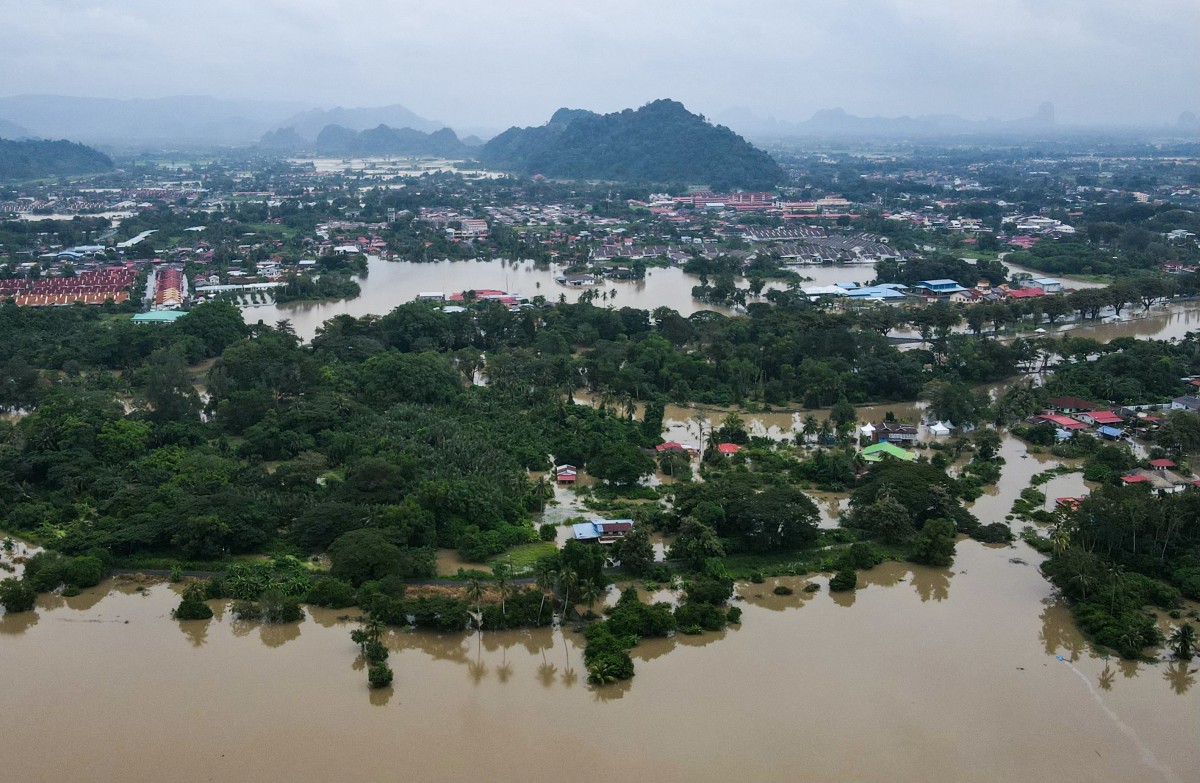
Sri Lanka and Indonesia deployed military personnel on Monday to assist victims of the devastating floods that have killed more than a thousand people across Asia in recent days.
A series of weather events last week triggered prolonged torrential rains across Sri Lanka, parts of Indonesia’s Sumatra island, southern Thailand, and northern Malaysia. Indonesian President Prabowo Subianto said Monday in North Sumatra that “the priority now is to deliver the necessary aid as quickly as possible.”
“There are several isolated villages that, with God’s help, we will be able to reach,” he added. Subianto also stated that the government had deployed helicopters and aircraft to support relief operations.
Floods and landslides have claimed 502 lives in Indonesia, with a similar number still missing.
This marks the highest death toll from a natural disaster in Indonesia since 2018, when an earthquake and subsequent tsunami killed more than 2,000 people.
The government has sent three military ships carrying aid and two hospital vessels to the hardest-hit regions, where many roads remain impassable.
In the village of Sungai Nyalo, located about 100 kilometers from Padang, the capital of West Sumatra, floodwaters had receded by Sunday, leaving homes, vehicles, and crops coated in thick mud.
-

 Central America2 days ago
Central America2 days agoTrump Pardons Former Honduran President Hernández and Warns of Aid Cuts Ahead of Election
-

 Central America4 days ago
Central America4 days agoPanama reinforces security with new helicopters and Super Tucano Aircraft purchases
-

 Central America4 days ago
Central America4 days agoTrump urges hondurans to back conservative candidate Nasry Asfura in november elections
-
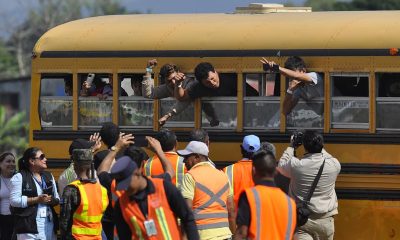
 International4 days ago
International4 days agoArchbishop Wenski criticizes Trump’s deportation policies, calls for stronger push for reform
-
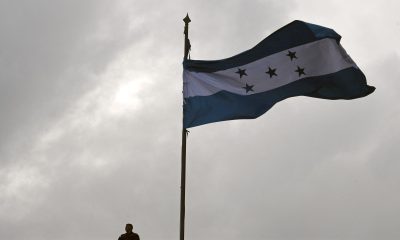
 Central America1 day ago
Central America1 day agoHonduras’ China–Taiwan Future Hinges on Sunday’s Presidential Election
-
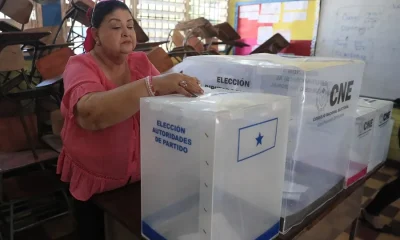
 Central America14 hours ago
Central America14 hours agoHonduras Extends Voting by One Hour Amid High Turnout, CNE Announces
-

 Central America4 days ago
Central America4 days agoWashington calls for oversight as Honduras faces allegations of electoral interference
-

 International2 days ago
International2 days agoMeta Says Russia Seeks to Ban WhatsApp for Defending Secure Communication
-
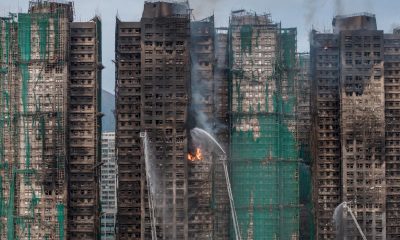
 International23 minutes ago
International23 minutes agoHong Kong police arrest 13 over deadly high-rise fire that killed 151
-

 International17 minutes ago
International17 minutes agoTrump says asylum decision freeze will remain in place “for a long time”
-
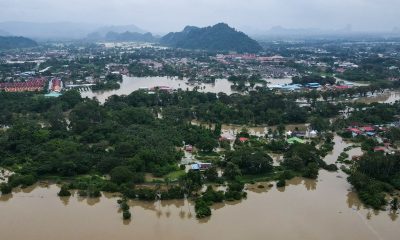
 International21 minutes ago
International21 minutes agoSri Lanka and Indonesia deploy military as deadly asian floods kill over 1,000
-
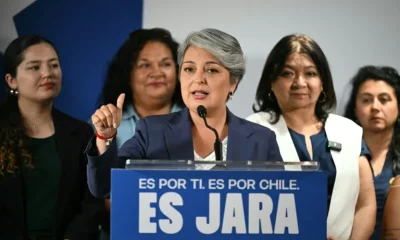
 International14 minutes ago
International14 minutes agoChile enters runoff campaign with Kast leading and Jara seeking a last-minute comeback






























